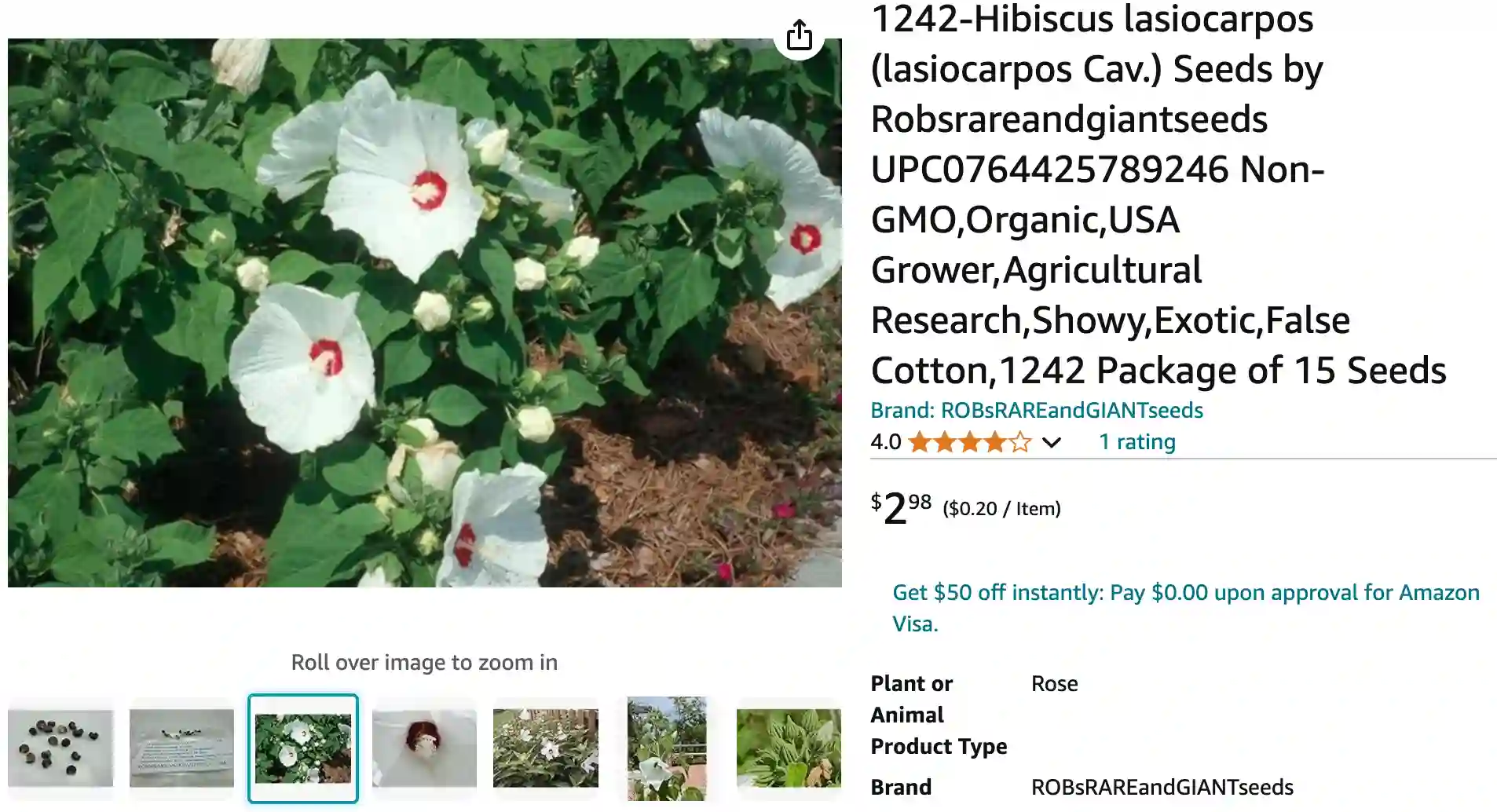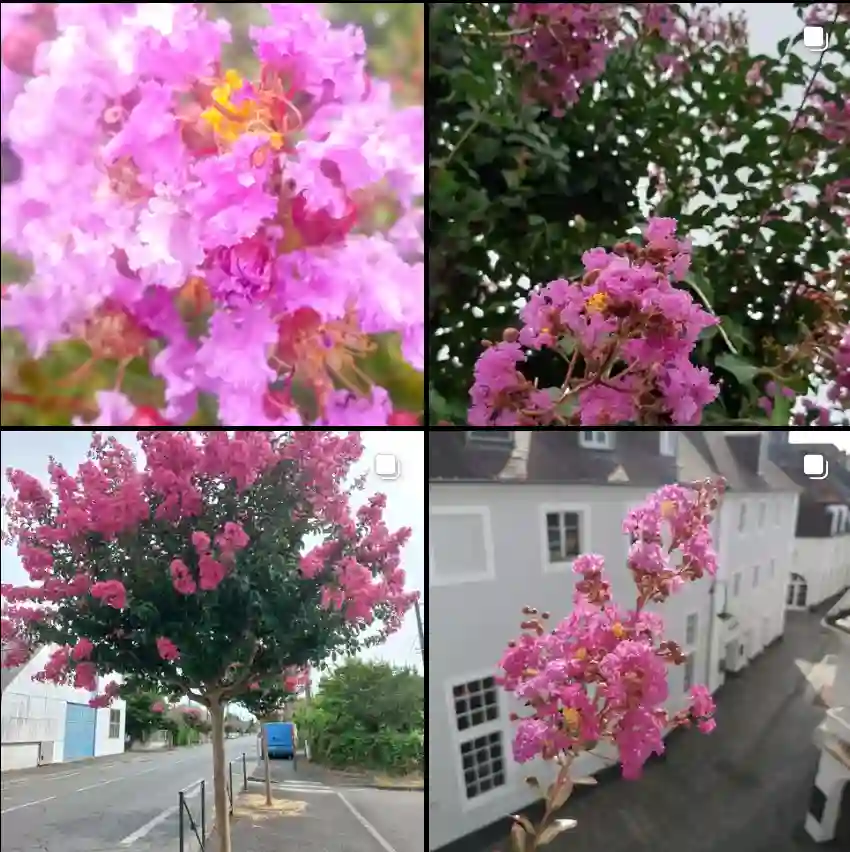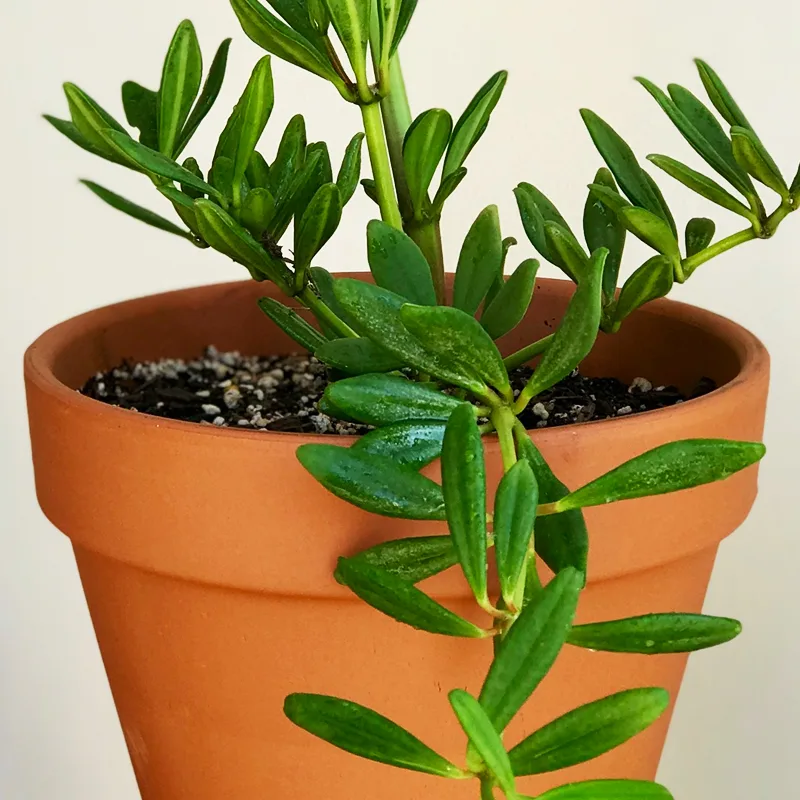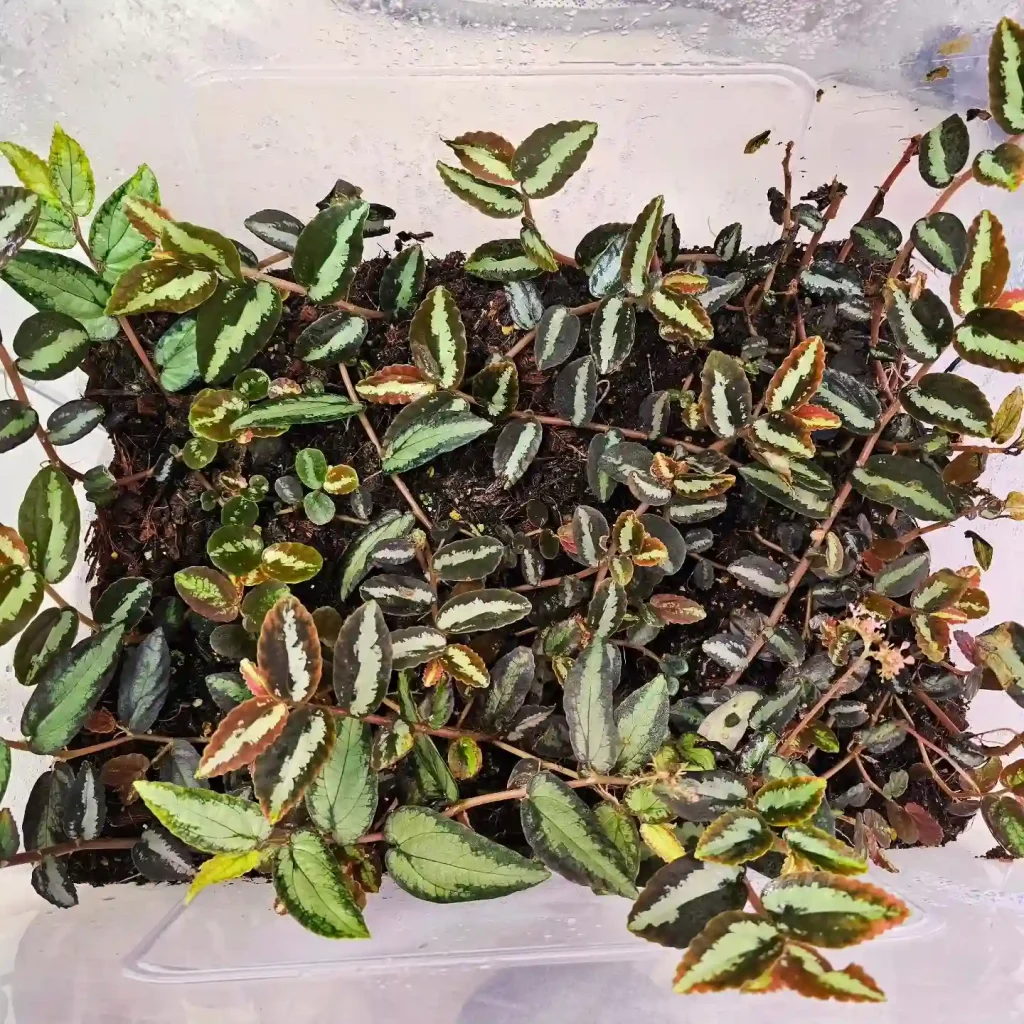
Hairy-Fruited Hibiscus: A Native Beauty Unveiled
Hi, Ferb Vu here. I’m a plant enthusiast with a passion for native species. Today, we’re diving into the captivating world of Hibiscus lasiocarpos, also known as the Hairy-fruited Hibiscus or Rose Mallow. This stunning wildflower isn’t your typical hibiscus – it boasts unique characteristics and thrives in specific environments. So, buckle up and get ready to learn everything you need to know about this captivating native plant.
439 Species in Genus Hibiscus
What is Hibiscus Lasiocarpos?
Unlike the tropical hibiscus varieties known for their vibrant blooms, Hibiscus lasiocarpos is a herbaceous perennial. This means it dies back in winter but returns year after year, gracing your garden with its presence for seasons to come. Native to the southeastern United States, parts of California, and northern Mexico, it flourishes in wetlands, marshes, and other damp areas.
How does it differ from other Hibiscus species?
While both belong to the Malvaceae family, Hibiscus lasiocarpos has some distinct features compared to its tropical cousins. Here’s a quick breakdown:
- Origin: Hairy-fruited Hibiscus is a North American native, while tropical varieties hail from warmer climates like Asia and the Pacific Islands.
- Habit: This species is a herbaceous perennial, forming a bushy structure with sprawling stems. Tropical hibiscus can be shrubs, trees, or even perennials, depending on the variety.
- Blooms: Hairy-fruited Hibiscus produces beautiful yellow flowers with a crimson center. Tropical hibiscus boasts a wider color palette, ranging from fiery reds and oranges to delicate pinks and whites.
- Soil preference: This native thrives in moist, well-drained soil. Tropical varieties generally prefer well-drained but drier conditions.
Can I grow Hibiscus Lasiocarpos in my garden?
If you have a damp area in your garden that receives full sun, then absolutely! Here’s what you need to know:
- Planting: Spring or fall is the ideal time to plant. Choose a spot that gets at least 6-8 hours of sunlight daily and amend the soil with organic matter for good drainage.
- Watering: Keep the soil consistently moist, especially during dry spells.
- Maintenance: This low-maintenance plant requires minimal care. Prune spent flowers to encourage new growth, and divide clumps every few years to maintain vigor.
Important note: Hairy-fruited Hibiscus readily self-sows, so if you don’t want it spreading throughout your garden, deadhead the flowers before seed capsules develop.
What are the benefits of growing Hairy-fruited Hibiscus?
Beyond its undeniable beauty, Hairy-fruited Hibiscus offers several advantages:
- Native appeal: It attracts butterflies, bees, and other pollinators, creating a vibrant ecosystem in your garden.
- Low maintenance: This easy-to-care-for plant is a perfect choice for busy gardeners.
- Wetland adaptability: It thrives in damp areas, adding a touch of life to spots that might otherwise be difficult to manage.
What are some alternatives if I don’t have a suitable location?
If your garden lacks the necessary moisture, fret not! Here are some captivating alternatives:
- Swamp Hibiscus (Hibiscus coccineus): This tropical hibiscus boasts vibrant red flowers and tolerates moderately moist conditions.
- Rose of Sharon (Hibiscus syriacus): A popular flowering shrub with large, showy blooms in various colors, it thrives in well-drained soil.
- Blue Starfish (Heterotheca campanulata): A North American native wildflower with star-shaped, blue flowers, it prefers moist to wet meadows.
By choosing the right plant for your specific garden conditions, you can cultivate a thriving haven for both yourself and local wildlife.
Where can I learn more about Hairy-fruited Hibiscus?
The internet is a treasure trove of information! Here are some reputable sources to delve deeper:
- Native Plants of North America: https://www.fs.usda.gov/wildflowers/plant-of-the-week/hibiscus_lasiocarpos.shtml
- USDA Forest Service: https://plants.sc.egov.usda.gov/home/plantProfile?symbol=HISA2
I hope this comprehensive guide has ignited your interest in the stunning Hairy-fruited Hibiscus. Remember, embracing native plants not only adds beauty to your garden but also supports the delicate balance of your local ecosystem. Happy planting!
If i die, water my plants!



